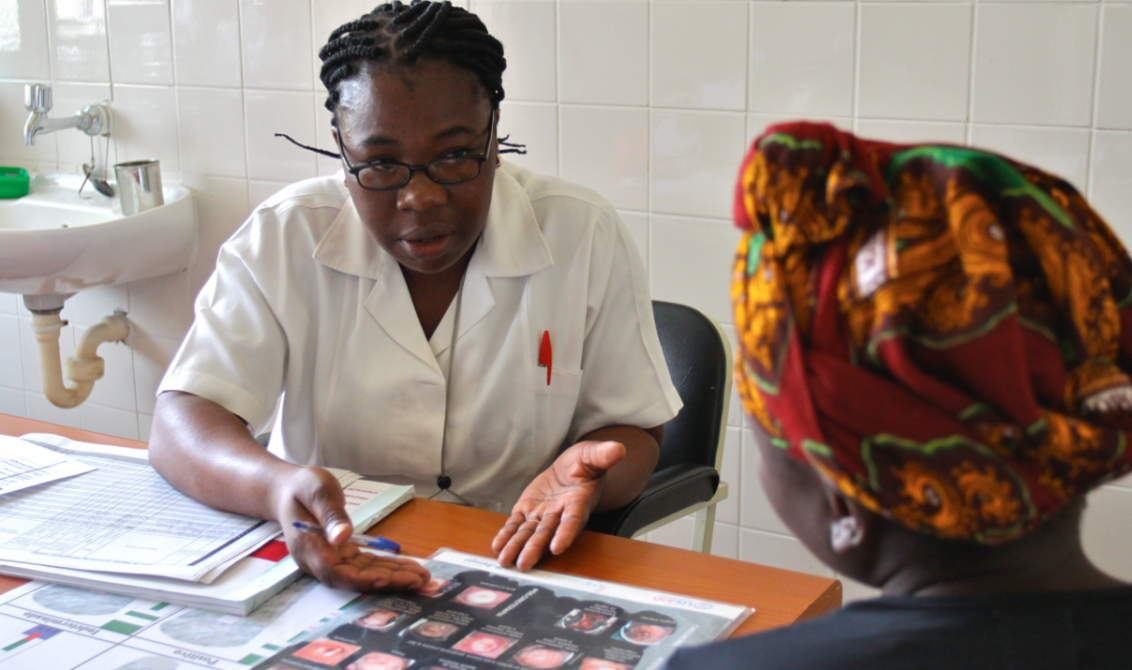
When the subject of cervical health comes up, cervical cancer (cancer of the cervix) is what springs to mind. However, other cervical health problems can hurt women throughout the childbearing years.
The condition of the cervix can significantly affect a woman’s reproductive life and overall health, sometimes with severely damaging results. It’s vital therefore that all women, from the beginning of puberty until menopause and beyond pay close attention to their cervical health.
What is the cervix?
The cervix is at the lower end of your womb (uterus) and connects it to the vagina. It has a narrow opening that stretches to accommodate a baby’s head and body during childbirth. The opening of the cervix (cervical canal) allows menstrual blood from the uterus to flow out into the vagina and, sperm to enter the womb from the vagina during sex.

Some women are born with abnormalities of the cervix such as double cervix or no cervix at all. Both conditions are rare but can affect their ability to have children.
Common problems of the cervix
The more common problems of the cervix are inflammation, problems with its function, and abnormal growths or changes in the cells.
- Cervicitis – inflammation of the cervix usually as a result of sexually transmitted infections. Untreated cases can cause infertility problems later on.
- Cervical Incompetence – a condition during pregnancy in which the cervix opens before the baby is due, leading to miscarriage or premature birth.
- Cervical polyps and cysts – abnormal growths on the cervix.
- Cervical cancer – Human papillomavirus, a sexually transmitted infection causes 99% of all cervical cancer. Regular screening for cervical cancer is critical because early detection is the key to saving lives.
All these common conditions of the cervix can give you a variety of symptoms such as pain, vaginal discharge, abnormal vaginal bleeding (during sex or between menstrual periods), and painful sex. Sometimes you may have no symptoms at all. They may also lead to difficulty in getting pregnant, premature labor, or carrying a pregnancy to full term.
Paying attention to your cervical health is crucial
Like many conditions, most cervical problems are easy to treat if caught early. Some require no treatment at all while others like untreated cervical infections, for example, can cause major complications.
When a condition of the cervix causes difficulty having a child, it often sets off a chain reaction involving emotional stress, relationship issues, additional healthcare costs and financial strain. Even a minor cervical infection can affect your quality of life quite a bit, while infection with high-risk human papillomavirus can lead to cancer of the cervix.
Cervical Cancer Screening Guidelines:

The cervix is tucked away in a part of your body that you can’t readily see. Regular checkups by a gynecologist are crucial as early as twenty-one years old. Don’t ever overlook any pain, unusual bleeding, or vaginal discharge. At best, it could affect your physical, reproductive or emotional health. At worst, it could cost you your life. See a doctor immediately.
Toju Chike-Obi, MD

